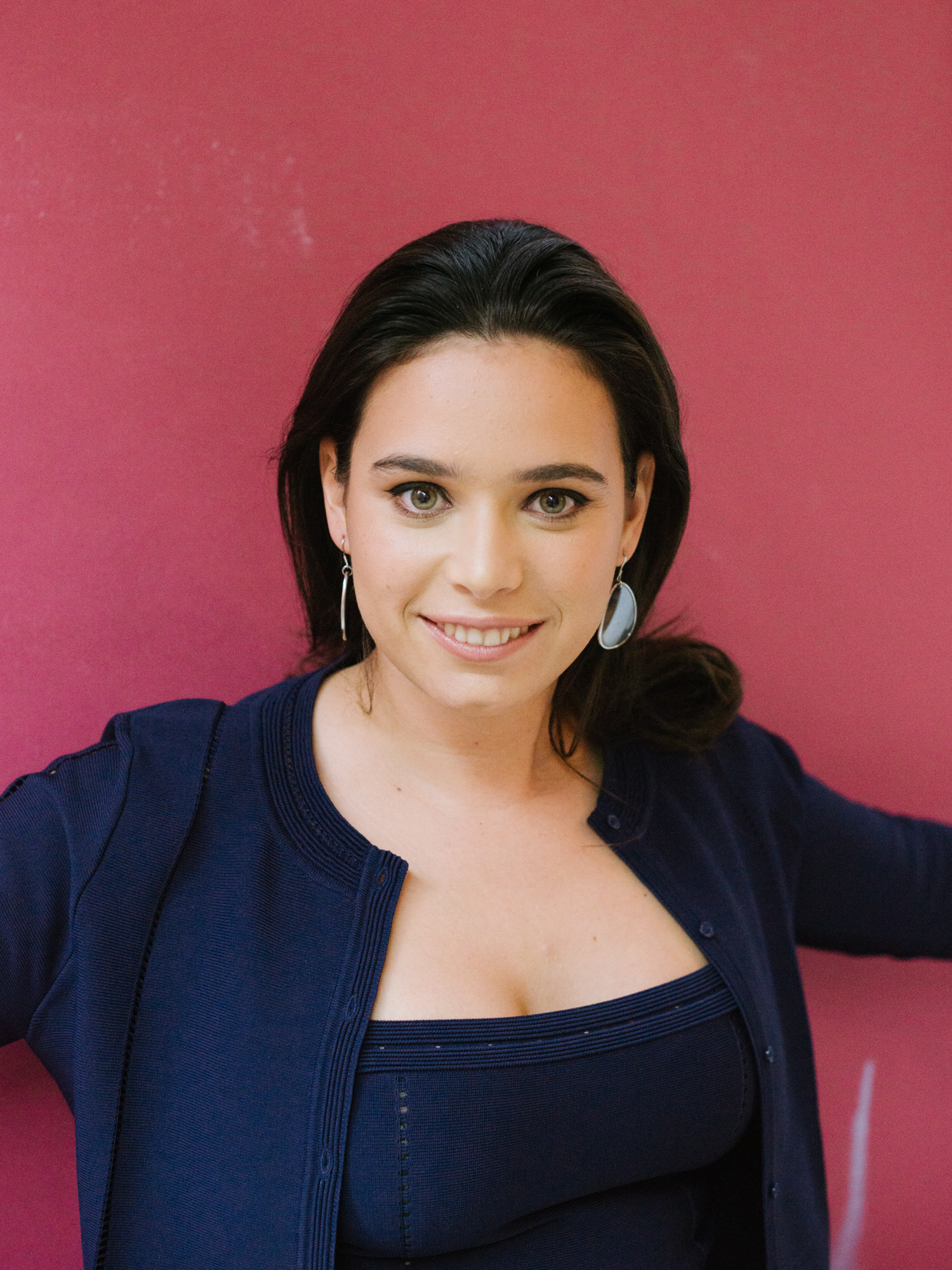
Tiffany Zabludowicz grew up surrounded by art, but not in the sense of taking the occasional museum trip. Only two years after her birth in 1992, Tiffany’s parents, Anita and Poju Zabludowicz, conceived of another being entirely: the Zabludowicz Collection. For more than two decades, the collection has acquired and supported the creation of new works by emerging artists, primarily from Europe and North America.
“My mum always perceived all of the works as her children,” says Tiffany, who along with her three siblings is, by that measure, in good company; their adoptive art brothers and sisters include pieces by Glenn Ligon, Sherrie Levine and Olafur Eliasson. Now 25 and based in New York, Tiffany has also taken up collecting. For her, becoming involved in the family business was never a question; she and the collection have grown in tandem, and the artists in its holdings have taught her “everything.”Her first aha moment was when sculptor Gary Webb visited her family’s London home, and she, a precocious 10-year-old, offered her analysis of Heart & Soul (2000), a neon-and-glass piece that her family acquired. “I told him, ‘I think it’s fingers reaching into a heart into a soul,’” she recalls, and asked Webb if she was right. “He said, ‘Yes, that’s correct, but anything you say is correct. You're allowed to make up your own opinion,’” she continues. “As a child, you're at school getting marked wrong and right, so that really tripped my brain a little bit, because I understood that I couldn't go wrong and that art could be anything, and that was a real revelation.”
Although Tiffany is undoubtedly privileged, in that she shares a passion with her family and the means to pursue it, she doesn’t take collecting lightly. Her first acquisition was Garth Weiser’s Untitled Moire #1 (2010), which she purchased from Casey Kaplan gallery when she was 18, and she has since arrived at the mission statement “to collect is a responsibility.” She admires collectors like Peggy Guggenheim, and emphasizes that her job isn’t merely acquiring works for her wall.
“Buying is possessing and owning something, and collecting as a practice has to go far deeper,” she explains. “It's about having a real connection with the art—and the artists." She notes that ownership is only temporary—“You're just looking after it for the time that you're alive”—and her role is to protect the art and in turn, the artist. That inclination comes naturally when you collect what you love, she says, which in her case is work that “pushes the boundaries of culture and what art is.”
Her interest in new talent has crossed over into a role she’s recently taken more recently: curator. Since her studies at Brown University, where she put together student shows, she’s curated an exhibition at Leila Heller Gallery in 2014, turned a Times Square office space into a three-week artist residency program in 2016 and will host an all-female sculpture show called “Stray” in that same midtown building this November. She’s open to how these curatorial projects may inform her role as a collector, and vice versa. “I'm still figuring that out, but that's okay,” she says. “I have time.”



